The monumental success of Mario Kart 8: Deluxe must have presented Nintendo with an unenviable dilemma: how do you top the best-selling racing game of all time? With over 68 million copies sold, it arguably perfected the kart racing formula.
As such, adding a few extra tracks and churning out an iterative Mario Kart 9 sequel was never going to cut it. After such a long wait and with some players inevitably feeling burned out from Mario Kart 8: Deluxe, the next entry needed to take the series in a new direction.
Launching alongside the Switch 2, Mario Kart World marks the first new mainline entry in over a decade – it’s easy to forget that Deluxe is an enhanced port of Mario Kart 8 released in 2014. And so, it was perhaps inevitable that the Switch 2’s tentpole launch title is a new Mario Kart game.
Mario Kart World’s pre-launch marketing suggested a reinvention of the franchise with a sprawling open world to explore. But while there is a free roam mode you can play from the start, exploration is a surprisingly minor aspect of Mario Kart World.
A world apart
Surprisingly, Mario Kart World’s free-roam mode is detached from the main game when you boot it up. It’s not even a main menu option. Instead, pressing the + button instantly activates free roam in a seamless transition from the menu’s video background. From here, you can freely drive around at your own pace, explore different locations and fast travel to circuits.
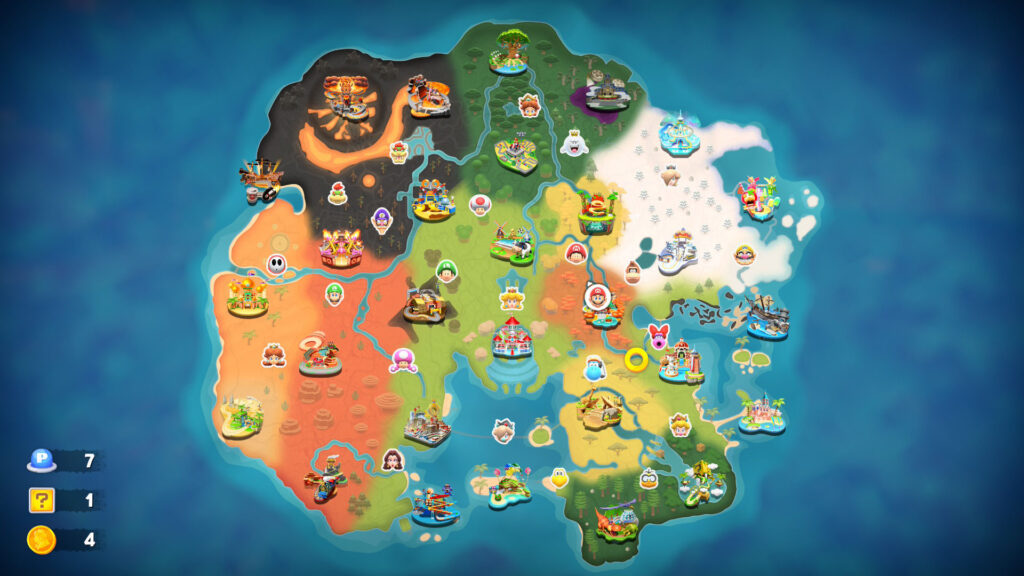
Mario Kart World’s map is well designed, with all 32 circuits interconnected across a diverse range of landscapes, from beaches to snowy mountains and deserts. There’s even dynamic weather and day-to-night cycles. It’s an impressive feat, but the map feels barren and devoid of activities to keep you occupied.
Unlike some prior open-world driving games, you don’t drive to locations to start a race. Instead, races are restricted to the traditional Grand Prix mode and Mario Kart World’s new Knockout Tour eliminator mode, leaving you with little to do in Free Roam.
While there are no objectives, there are optional side challenges. These come in the form of P-Switch (a familiar powerup if you play the mainline Super Mario platformers) challenges scattered around the map.
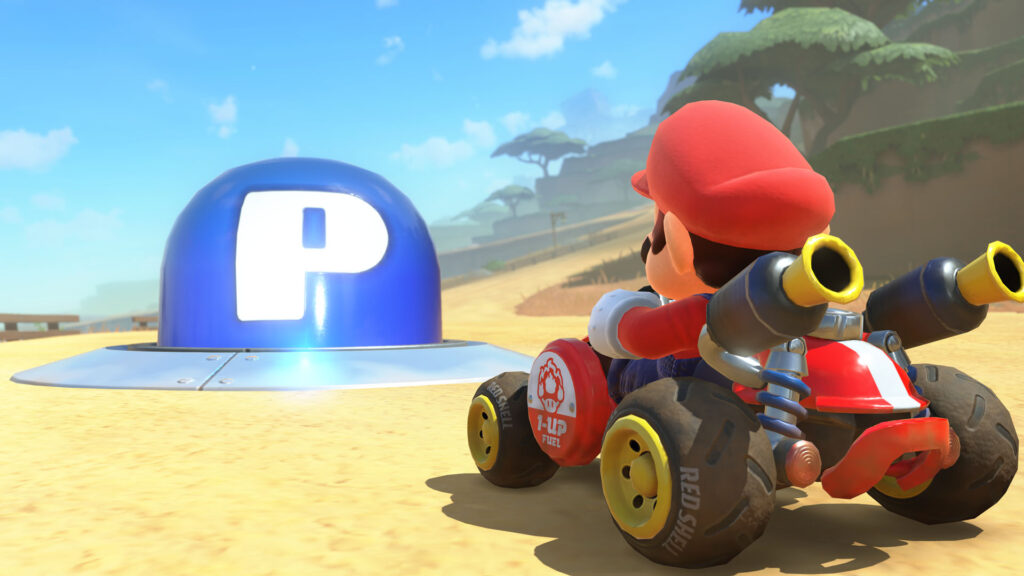
Activating a P-Switch starts a timed mini-challenge. These are fun at first, and there are reportedly nearly 400 to find and complete. But they usually last no more than 30 seconds, with some only lasting a mere 15 seconds, so the novelty soon wears off.
With most challenges revolving around collecting coins or passing checkpoints within a time limit, they quickly get repetitive.
It’s also frustrating that, while the game tracks how many P-Switch challenges you’ve completed, their locations aren’t shown once you find them, making it harder for completionists to hunt down the remaining missions.
As for collectables, 200 Peach Medallion coins are hidden around the map. While this encourages exploration, with some coins requiring you to expertly time jumps or master the new rail grinding and wall riding abilities to reach them, the reward isn’t worth the effort.
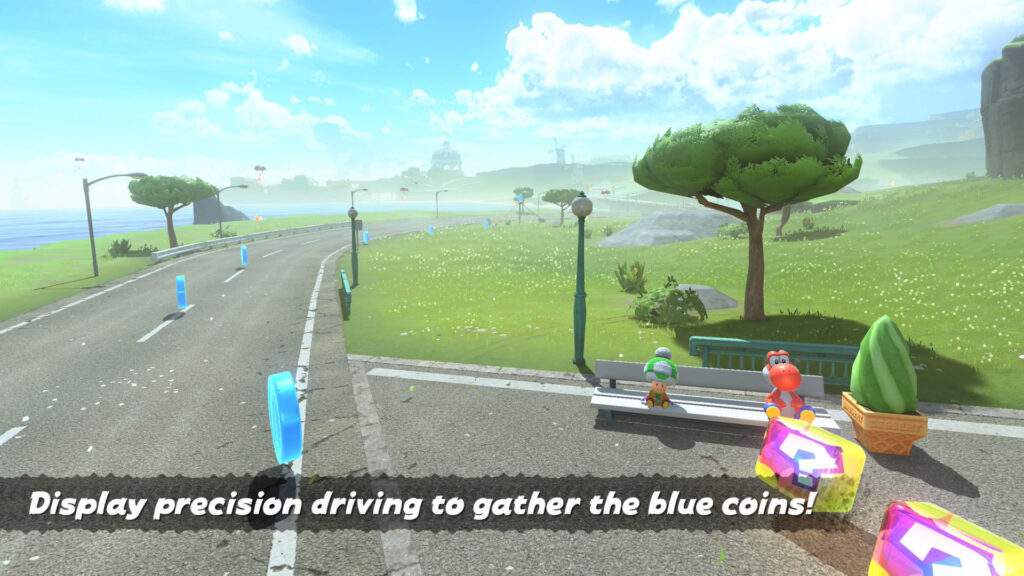
Completing P-Switch challenges or collecting Medallion coins rewards you with stickers you can apply to your kart, but that’s it. This is perplexing, as unlocking secret characters and vehicles by finding them in hidden locations would provide a greater incentive to explore.
Instead, characters are unlocked in the traditional Grand Prix cups or at random if you get hit by a Kamek weapon. You can also unlock costumes by picking up food items when driving through diners, but this isn’t restricted to Free Roam, making the mode feel largely redundant.
The best open worlds in racing games are packed with activities at every corner, whether it’s Forza Horizon’s speed and drift challenges or Burnout Paradise’s triggerable events at junctions. With no secret locations to find and every location already accessible in other modes, there’s no sense of discovery in Free Roam.
That said, the map isn’t completely empty. Some areas are filled with heavy traffic, giving the world a much-needed boost of life. You’ll sometimes see characters driving around the map, but you can’t interact with them or challenge them to a random race, disappointingly.
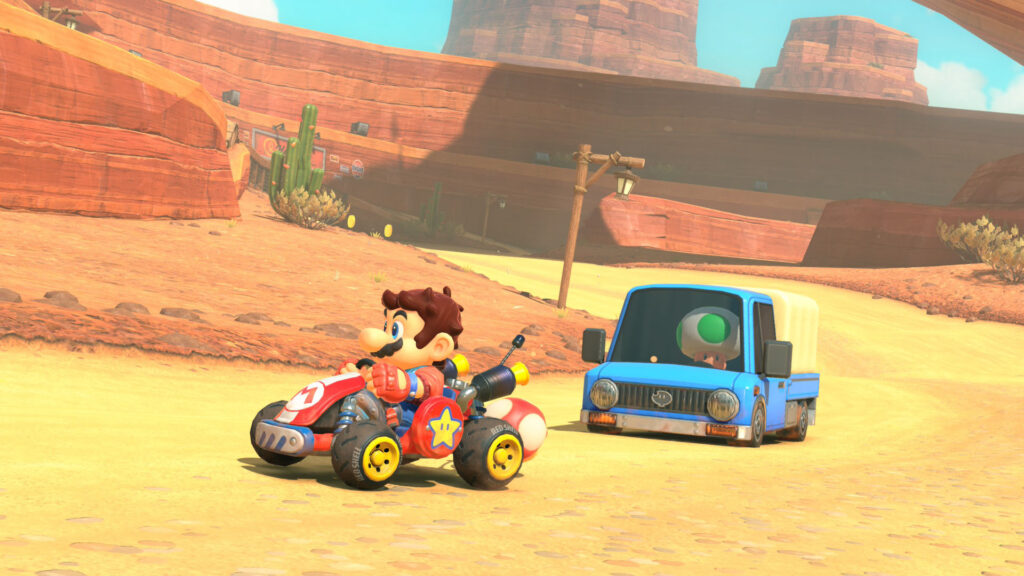
Rush rally
Mario Kart World’s map fares better in the Grand Prix and Knockout Tour modes. Grand Prix seems familiar at first, once again split into four race cups. These include familiar cups like the Mushroom, Flower and Star cup. And yes, completing every cup once again unlocks the final Special cup, which, you guessed it, features the return of the fabled Rainbow Road.
To shake things up, grand prix start with a traditional three-lap race, but subsequent tracks see you drive to locations on connecting roads and highways. It makes these events feel like one long epic race.
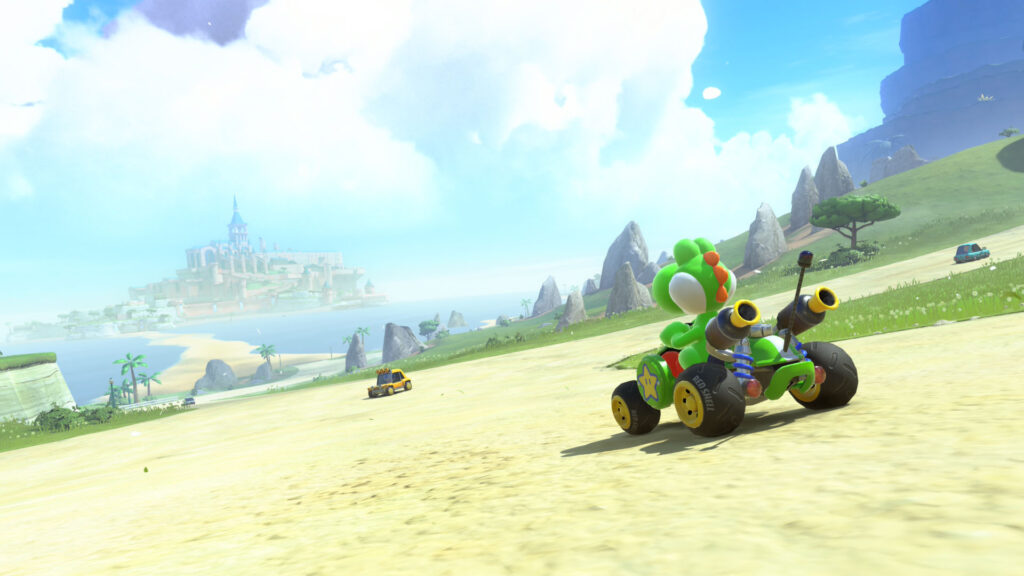
The tracks are terrifically designed, with new standouts including DK Spaceport, complete with a giant Donkey Kong hurling barrels at you, alongside remakes of returning classics like Wario’s Stadium, Mario Circuit and Moo Moo Meadows.
Then there’s Knockout Tour, where the racer in last place is eliminated at five different intervals on the connecting road courses. It perfectly embraces the unbridled chaos of Mario Kart and makes you wonder why an eliminator mode was never added before.
There’s still casual fun to be had simply driving around, seeing where the road takes you and creating your own mindless fun in Free Roam, whether it’s driving on top of a moving train, driving on winding roads, jumping over ramps or momentarily taking over a truck and ploughing through traffic like Burnout Paradise’s Showtime mode.
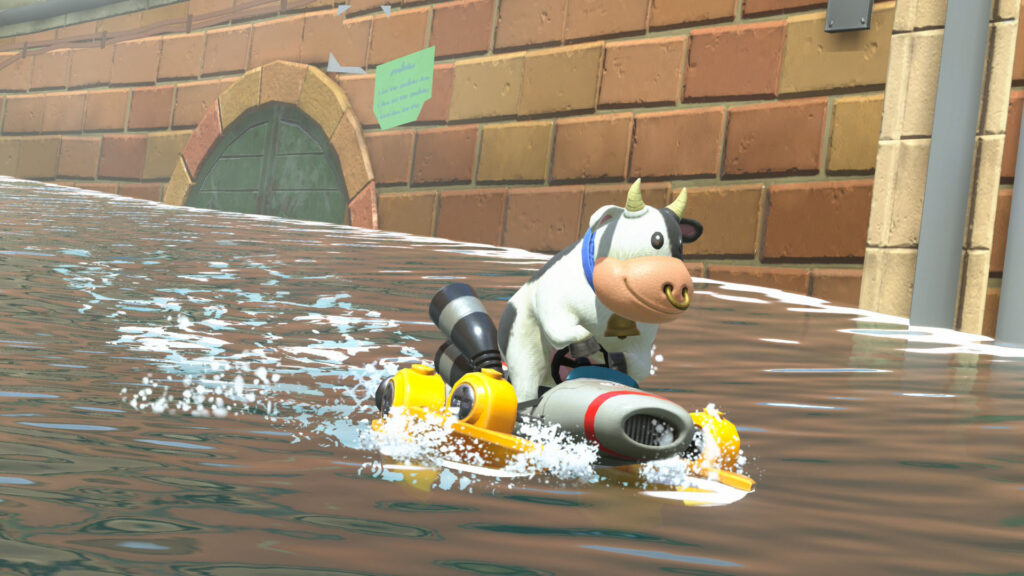
Younger gamers will probably adore its casual nature, particularly when playing with a friend in split-screen multiplayer. Its slower pace is also ideal for taking in the sights and capturing screenshots in the new photo mode.
But it’s hard to shake the feeling that this is a missed opportunity. The open world could have served as a backdrop for something special and more substantial, like a proper story campaign with missions, side quests and races.
Ultimately, Mario Kart World’s Free Roam is a fun distraction away from the main modes, best played in short bursts. Perhaps this is what Nintendo intended, but its implementation feels like an afterthought. The Forza Horizon of kart racers, this is not.
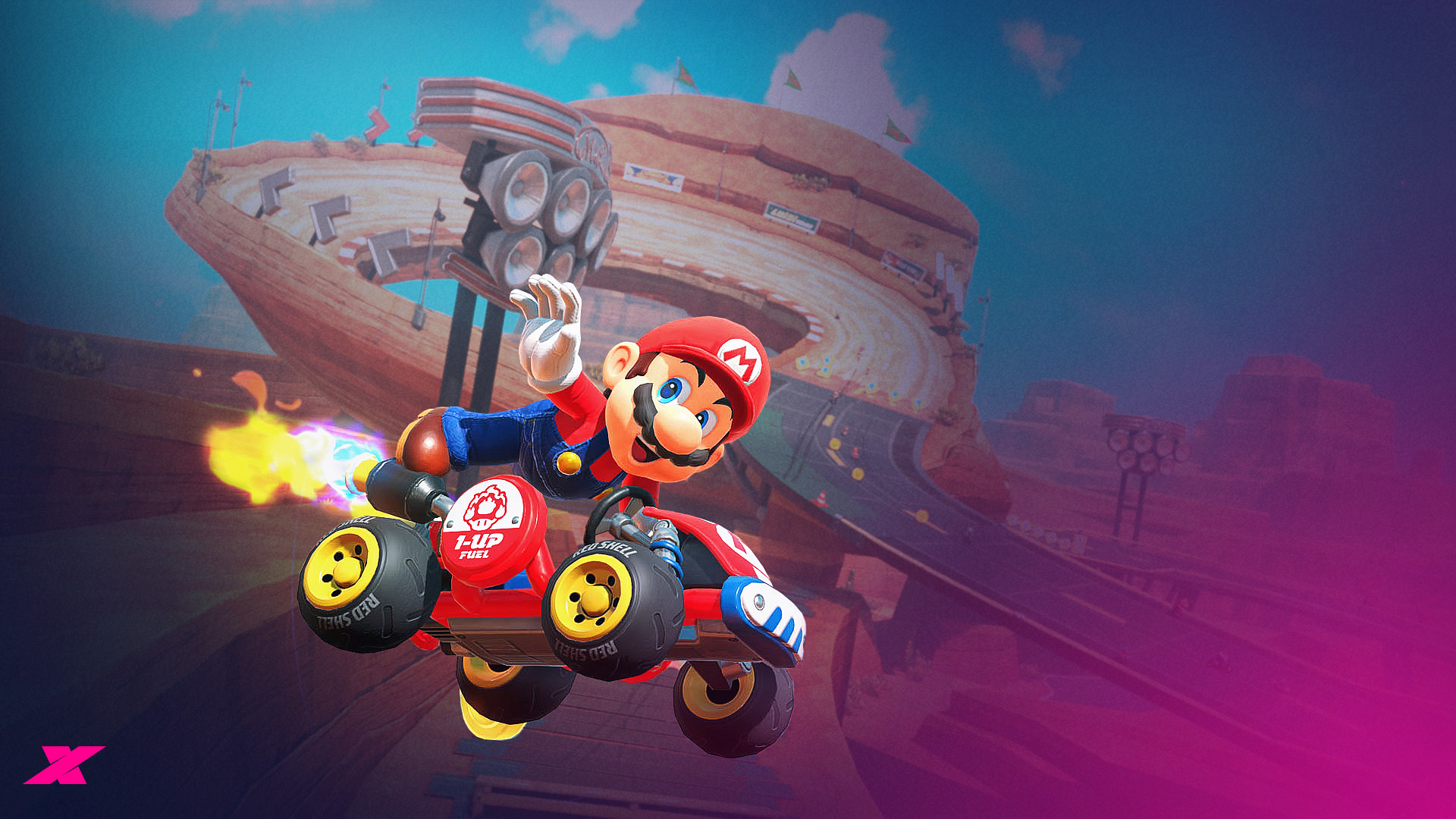




Chat with the Community
Sign Up To CommentIt's completely Free